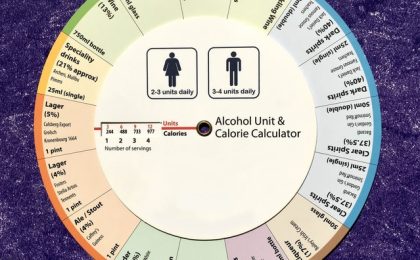Collecting personal insurance implies paying taxes. The issue is to know what tax is the one to pay. In the case of life insurance, what determines the tax for which the beneficiary must pay when receiving the provision of personal insurance depends on who the policyholder is. In this article we talk about the taxation of mortis causa successions in life insurance cases .
⇒Read this also: The Best Risk Life Insurance: comparison of prices and coverage
Taxation of Mortis Causa successions in life insurance
In the case of life insurance collected due to death (mortis causa) we will start from the most common case: that the policyholder and the beneficiary are different people. In this case, the beneficiary (who receives the benefit upon the death of the policyholder or, where appropriate, the insured) would pay the Inheritance and Gift Tax (ISD).
Taking into account that the ISD is ceded to the Autonomous Communities , its application varies greatly from one to another. In any case, in all of them, as established by the general rule, the amount corresponding to the life insurance becomes part of the taxable event.
It should be noted that ISD is incompatible with Personal Income Tax (IRPF), so the same income cannot be taxed for both taxes. That is why it is necessary to first analyze the concepts taxed by the ISD and, failing that, apply the IRPF regulations.
Another issue that must be considered is that the increases in equity obtained by legal entities are always taxed by the Corporation Tax (IS). By virtue of est, both donations and inheritances received by legal entities or insurance benefits for people due to death will always be taxed by the ISD
⇒Read this too:
ISD Tax Base
The Tax Base of Inheritance and Gift Tax is calculated taking into account the following:
- Mortis causa transmissions : The net value of the individual acquisition of the heir (the real value of the assets and rights, less charges and deductible expenses)
- Lucrative donations inter vivos : The net value of assets and rights acquired, less charges and deductible expenses.
- Life insurance benefits: The amount received by the beneficiary. If it is a mortis causa transmission , this amount is added to the rest of the assets and rights that make up the individual inheritance received by the beneficiary.
In the latter case, do not confuse the fact that the benefit received from life insurance due to the death of the insured is added to the inheritance at the time of liquidating the ISD with the fact that said benefit is not part of the inheritance. This implies that the inheritance can be waived without thereby waiving the insurance benefit.
Settle an Inheritance integrating the provision of life insurance
Although the Autonomous Communities have transferred management powers over the ISD, in all cases the process to be followed is the same.
- Settlement corresponds to the entire hereditary mass, applying deduction of charges, debts and deductible expenses.
- Treatment of each of the individual hereditary portions, that is, the inheritance received by each heir. At this time, the life insurance benefit is incorporated, if any. The taxable base of the inheritance tax is obtained.
- Application of the reductions of each Autonomous Community. These can be improvements to state reductions or own reductions. The liquidable base is obtained.
- Application of the rate based on the relationship between the heir and the deceased. There is a state rate, but the Autonomous Communities have the power to modify it. You get the full fee.
- Application of the multiplier coefficient, which depends on the previous patrimony of the heir and his relationship with the deceased. As in the previous case, there is a state rate, but the Autonomous Communities have the power to modify it. Where appropriate, application of the deductions and rebates regulated by the Autonomous Community. The tax quota is obtained, which is the amount that must be entered corresponding to the Tax.
Other articles of interest



























